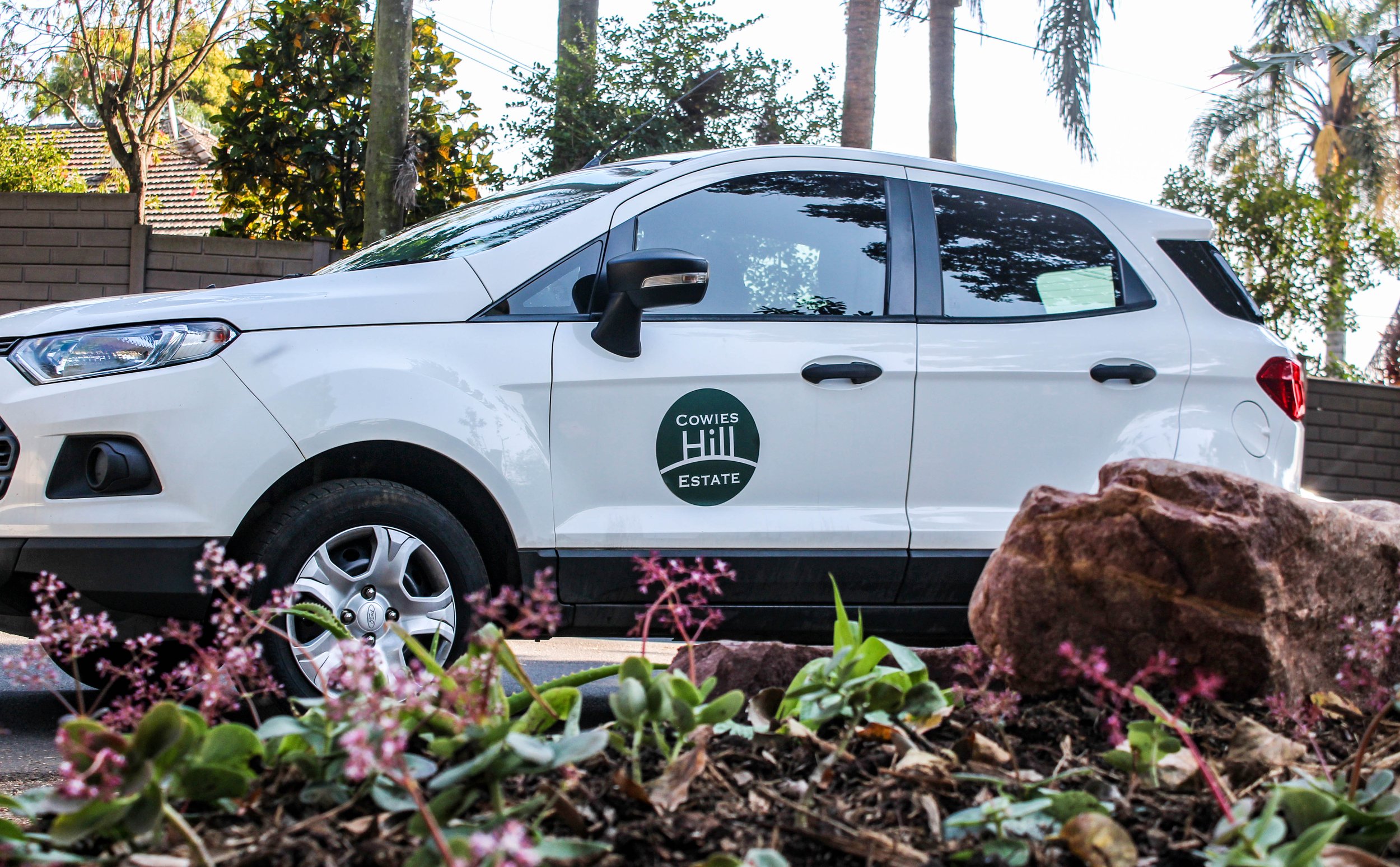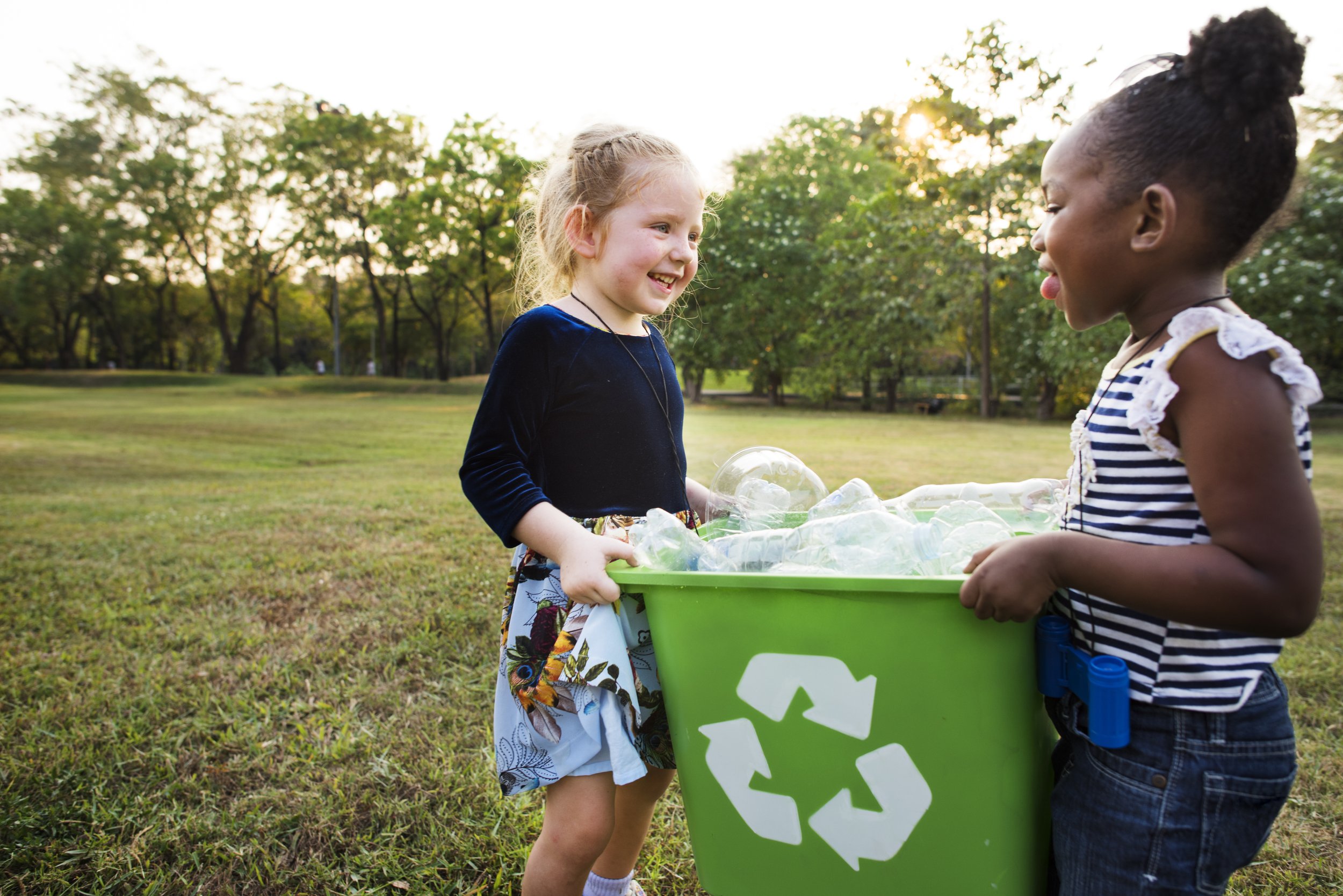
Biodiversity
Restoration Project
Our Biodiversity Restoration Project is ongoing. The greening team under the guidance of our Conservation experts are hard at work clearing IAP’s (invasive alien plants) planting new gardens, and building bridges, paths and walkways in various areas of the Estate. Only indigenous endemic plants are being planted by CHE as part of the restoration of our beautiful suburb.
Our programme for the eradication of alien invasive plants (AIP), includes chopping stems of Dolichandra unguis-cati (Cats claw Creeper) to kill off growth points before the formation of seeds in mid to late summer. Cats claw creeper that has spread along Ernest Whitcutt Road and infested many of the properties alongside it.
The objective of the Cowies Hill Estate Biodiversity Restoration Project (BRP) is to facilitate interaction and partnerships between all parties interested in or active in environmental conservation and to generate broad-based support and recognition for the need for the project.
The BRP is aligned with the overall objective of the Cowies Hill Estate which is to protect the safety of the general public, and to conserve and rehabilitate the natural environment and promote environmental awareness and engage in clean-up projects in the area of Cowies Hill.
View or download our detailed enviromental portfolio reports here:
-
Report #03
July 2022
-
Report #02
May 2022
-
Report #01
March 2022
The Cowies Hill Conservancy
In pursuit of the CHE objectives, the Cowies Hill Conservancy (Reg No 105 CKZN-02) was registered with KZN Conservancies Association in October 2021 with the view to integrating and replicating conservation best practice within Cowies Hill. The CHE manages all donations from individuals and businesses as well as the contributions collected from members who are members of the Cowies Hill Estate and will allocate its resources to, inter alia:
Ø Promoting and protecting the safety and security of the general public,
Ø Conserving, cleaning up and maintaining the environment,
Ø Uplifting and improving public and common areas
Ø Promoting indigenous planting within the area and its surrounds.
Conservancy Areas
The following Public Open Spaces and focus areas have been identified for intervention as Conservancy Areas under the Biodiversity Restoration Project.
Ø Avon Place Conservancy Park
Ø Turnbridge Conservancy Park
Ø Comrades Corner
Ø MacDonald Rd Wetland Area
Ø Palmiet River & Tributaries
Cowies Hill Conservancy
Registration Number: 105 CKZN-02
Date of Registration: 19 November 2021
Conservancy Area Map
Cele Hard at work removing alien plants from the fencline of the M13.
Cele Cleans up the Cats!
The “barrier” species that were planted along the fence at the M13 Paradise Valley flyover to the Sasol garage will, in time, close off the informal footpaths into the nature reserve that are currently used by vagrants.
The plants along the fence include:-
Scutia mytina (Cat-thorn /Isiphingo) – impenetrable thorny scrambling climber.
Dovyalis caffra (Kei-apple) – shrub / small tree with hard sharp spiney thorns.
Acacia natalitia (Pale-bark Sweet Thorn) - paired sharp spines
Community Participation… What can you do
Remove Alien Plants
A number of residents have responded to WhatsApp communication regarding the need to deal with Drymaria cordata infestation and Mr. Rob Jamieson has reported that he has been contracted by individuals to spray herbicides to kill off the weed.
Keep your verge clean
The aesthetic of individual verges impact all of us in the Estate. Keeping verges clean and neatly kept also positively influences neighbours to do the same. The broken window effect means that one verge at a time, we become a pocket of excellence as a Suburb.
Inform your Garden Services
We have begun to compile a list of Garden Service contractors who operate within CHE with the view to establishing a weed eradication protocol. This will involve educating the contractors to identify and remove problem plants in their clients’ gardens as well as the cleaning gardening tools, overalls and boots etc to avoid spreading seed material across other gardens in the CHE.
Proudly Supported By








